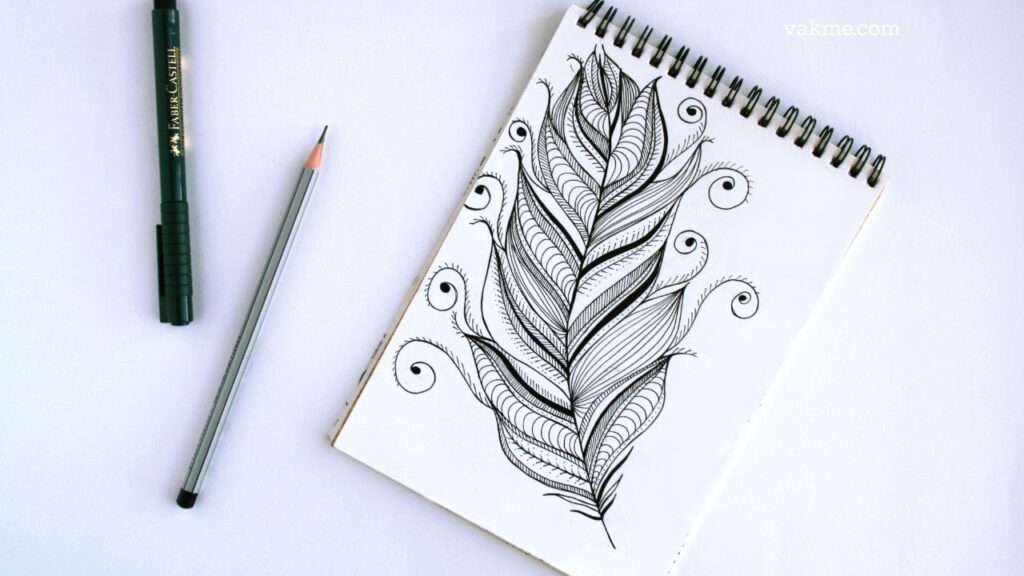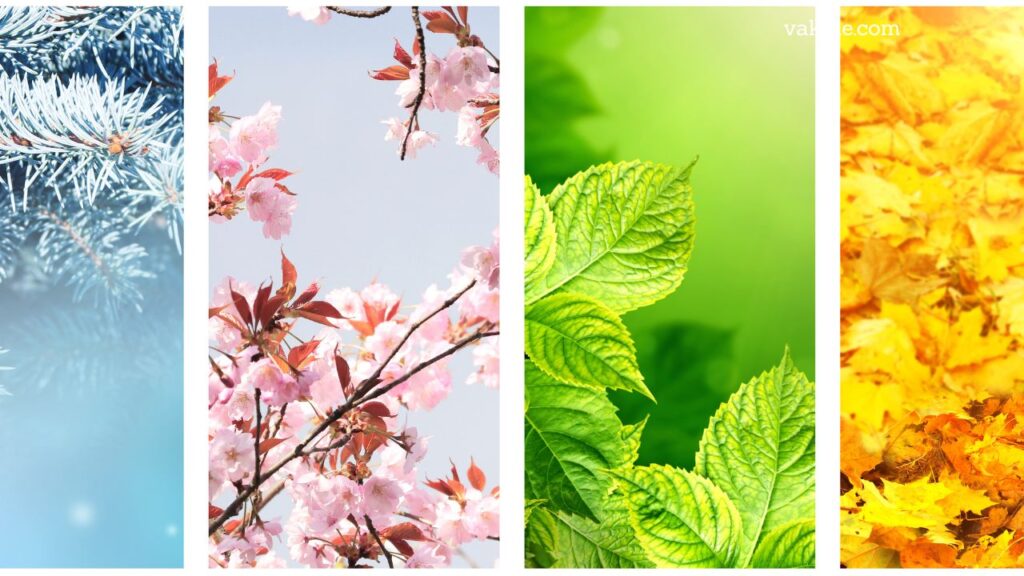Embarking on a journey of nature journaling opens a world of wonder, observation, and creativity. Whether you’re a seasoned artist or a curious beginner, capturing the beauty of the natural world in a journal is a rewarding and enriching experience. Dive into this comprehensive guide filled with practical tips and insights to help you start your nature journaling adventure.
1. Choose the Right Nature Journaling Materials
Selecting the right materials is crucial for a successful nature journaling experience. Opt for a sturdy journal with thick, acid-free paper to withstand outdoor conditions. Choose quality pens, pencils, and watercolor paints that won’t fade or bleed, ensuring your journal entries stand the test of time.
2. Find Your Ideal Journaling Spot
Explore different outdoor locations to find your ideal journaling spot. Whether it’s a serene woodland, a peaceful meadow, or a bustling city park, choose a location that inspires and captivates your senses. Consider factors like lighting, accessibility, and comfort to enhance your journaling experience.

3. Observe Mindfully
Practice mindful observation as you explore your chosen environment. Take note of intricate details, from the texture of tree bark to the delicate patterns on a butterfly’s wings. Engage all your senses—listen to the sounds of nature, feel the breeze on your skin, and inhale the scents of wildflowers.
4. Record the Date and Location
Start each journal entry by recording the date and location of your observation. This not only provides context but also helps track seasonal changes and geographical variations in your nature journal.

5. Sketch with Confidence
Don’t be afraid to sketch what you see, even if you’re not a professional artist. Embrace imperfections and let your sketches capture the essence of your observations. Focus on shapes, proportions, and unique characteristics to create authentic and expressive drawings.
6. Label and Annotate Your Entries
Add labels and annotations to your journal entries to provide context and additional information. Identify plant species, describe animal behavior, or note weather conditions to enrich your observations and create a comprehensive record of your experiences.
7. Incorporate Colors and Textures
Bring your journal to life by incorporating colors and textures into your entries. Use watercolor paints, colored pencils, or pastels to add vibrant hues and depth to your sketches. Experiment with different techniques to create stunning visual narratives.
8. Capture Moments of Discovery
Document moments of discovery and wonder in your nature journal. Record unexpected encounters, rare sightings, or unique natural phenomena that leave a lasting impression. These moments add depth and personal significance to your journaling journey.

9. Embrace Seasonal Changes
Celebrate the beauty of seasonal changes in your nature journal. Capture the vibrant colors of autumn leaves, the delicate blooms of spring flowers, or the serene snowscapes of winter. Embrace the ever-changing tapestry of nature’s cycles.
10. Reflect and Write Descriptive Entries
Take time to reflect on your observations and write descriptive entries in your journal. Share your thoughts, feelings, and insights inspired by nature. Describe the sights, sounds, and sensations that evoke a sense of connection and appreciation.
11. Regularly Review and Update Your Journal
Make journaling a regular practice by setting aside dedicated time to review and update your entries. Reflect on your progress, revisit past observations, and track your growth as a nature journaling enthusiast. Your journal evolves with you, capturing a timeline of your evolving relationship with nature.
In conclusion, starting a nature journal is a transformative journey that encourages observation, creativity, and connection with the natural world. With these 11 essential tips, you’re equipped to embark on your own nature journaling adventure, capturing the beauty and wonder of the world around you with confidence and enthusiasm. Happy journaling!











